The Worst Time to Visit Spain: A Comprehensive Guide
Spain, a captivating destination renowned for its vibrant culture, rich history, and stunning landscapes, attracts millions of visitors each year. However, timing your visit can make a significant difference in your overall experience. While Spain is a year-round destination, certain periods may present challenges or limitations that could impact your enjoyment. In this article, we’ll explore the worst times to visit Spain, highlighting factors such as overcrowding, extreme weather conditions, and local events that might influence your travel plans.
The Worst Time to Visit Spain:
High Season in Spain
Summer Months (July-August)
The summer months, particularly July and August, are considered the peak tourist season in Spain. While the warm weather and school holidays make this period attractive for many travelers, it also brings with it some drawbacks.
Overcrowding and High Prices
During the high season, popular destinations like Barcelona, Madrid, and the coastal regions experience an influx of tourists, leading to overcrowded attractions, long queues, and increased prices for accommodation, dining, and activities.
Extreme Heat Wave
Spain’s summer can be scorching, with temperatures often exceeding 35°C (95°F) in many regions. This intense heat can make sightseeing and outdoor activities uncomfortable, especially in cities with limited shade and air conditioning.
Shoulder Seasons
Spring (April-May)
The spring months of April and May can be an excellent time to visit Spain. The weather is generally mild, with comfortable temperatures and fewer crowds.
Fall (September-October)
Similarly, the fall months of September and October offer pleasant weather conditions and reduced tourist numbers, making it an ideal time to explore Spain without the hustle and bustle of the high season.
Mild Weather and Fewer Crowds
During the shoulder seasons, you’ll enjoy milder temperatures, fewer crowds, and potentially lower prices for accommodation and activities, allowing for a more relaxed and authentic travel experience.
Low Season in Spain
Winter Months (November-March)
The low season in Spain typically runs from November through March, with the exception of the Christmas and New Year period.
Fewer Tourists
During this time, popular destinations experience significantly fewer tourists, providing a more peaceful and authentic experience for travelers.
Cooler Temperatures
While the winter months can bring cooler temperatures, particularly in the northern and central regions, the milder climate in southern Spain can still offer comfortable weather for outdoor activities.
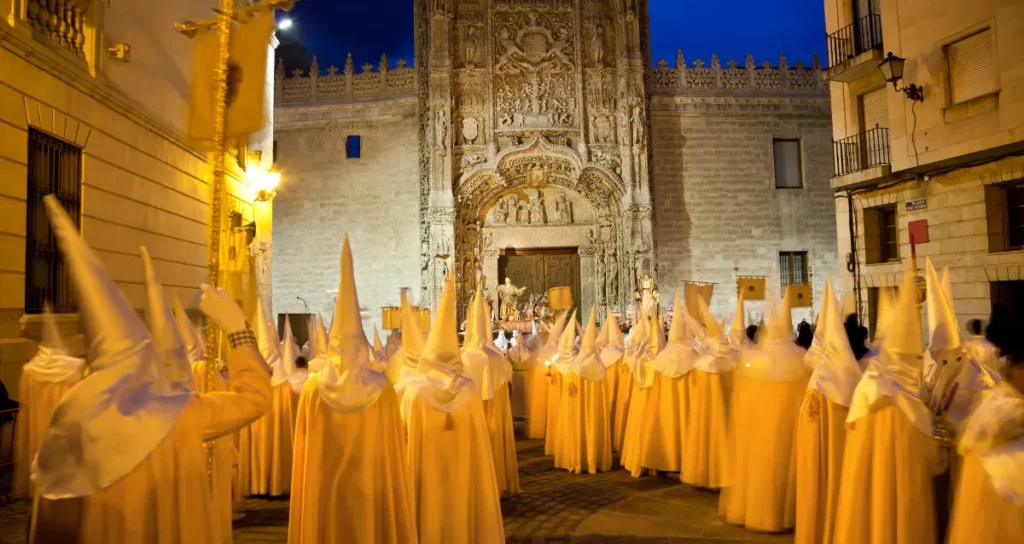
Holiday Periods to Avoid
Easter Week (Semana Santa)
Easter Week, or Semana Santa, is a major religious celebration in Spain, with elaborate processions and festivities taking place throughout the country. While this can be a fascinating cultural experience, it also means that accommodations may be fully booked, and crowds can be overwhelming in certain areas.
Christmas and New Year
The Christmas and New Year period is another popular time for Spaniards to travel and celebrate with family. Many businesses and attractions may have reduced hours or be closed, and accommodation prices can be higher during this time.
Festival Considerations
Running of the Bulls (Pamplona)
The famous Running of the Bulls festival, or San Fermín, in Pamplona, attracts thousands of visitors each year in early July. While this event is a unique cultural experience, the city becomes incredibly crowded, and accommodation prices skyrocket.
La Tomatina (Buñol)
La Tomatina, the iconic tomato-throwing festival in Buñol, takes place annually in late August. While a fun and unique event, the small town becomes overwhelmed with visitors, making it challenging to find accommodation and navigate the crowds.
Local Festivals
In addition to these major festivals, many towns and cities in Spain have their own local celebrations and events throughout the year. While these can be excellent opportunities to experience Spanish culture, they can also lead to crowded streets, limited accommodation availability, and higher prices.
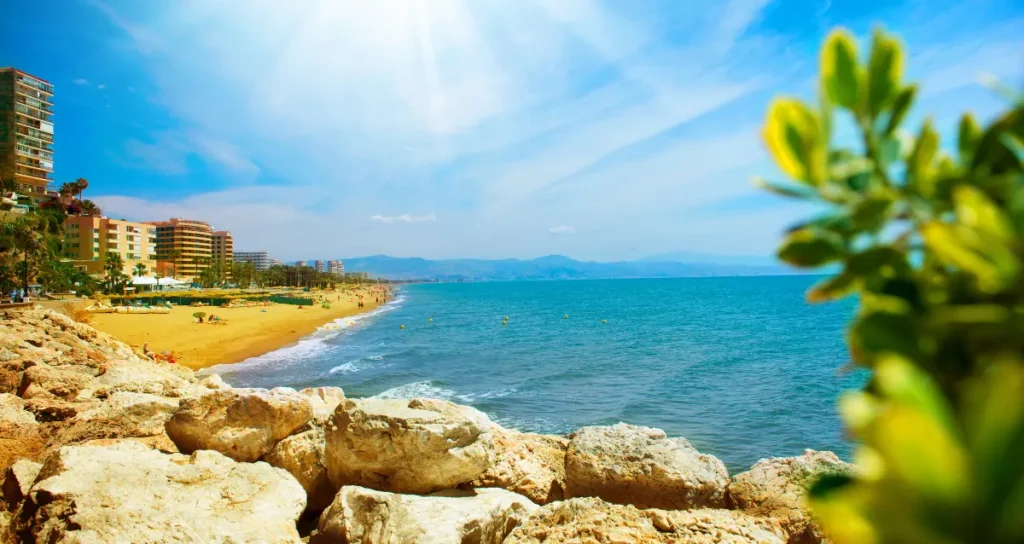
Regional Variations
Mediterranean Coast
The Mediterranean coastal regions, such as the Costa del Sol and the Balearic Islands, tend to be more crowded and expensive during the summer months due to their popularity among beach-goers and sun-seekers.
Northern Spain
Northern Spain, including regions like Galicia, Asturias, and the Basque Country, can experience cooler temperatures and more rainfall during the winter months, potentially limiting outdoor activities.
Central Spain
Central Spain, including Madrid and surrounding areas, can be extremely hot during the summer, with temperatures often reaching over 35°C (95°F), making sightseeing and outdoor activities less comfortable.
Southern Spain
Southern Spain, particularly Andalusia, tends to have milder winters and can be an excellent destination during the cooler months, as long as you avoid the peak holiday periods.
Crowd Management
Popular Attractions
Major attractions, such as the Sagrada Familia in Barcelona, the Alhambra in Granada, and the Prado Museum in Madrid, can become overwhelmingly crowded during peak seasons and holidays, potentially diminishing the overall experience.
Tourist Traps
Certain areas, particularly in popular tourist destinations, can become overcrowded with vendors and souvenir shops, creating an inauthentic and overwhelming environment for visitors.
Accommodation Availability
During peak seasons and major events, finding affordable and desirable accommodation can be challenging, as hotels and vacation rentals tend to be fully booked, or prices may be significantly higher.
Budget Considerations
High Season vs. Low Season
Traveling during the high season often means higher costs for accommodation, transportation, and activities due to increased demand. Conversely, the low season can offer more budget-friendly options.
Airfare and Transportation
Airfare and transportation costs can also fluctuate based on demand, with higher prices typically coinciding with popular travel periods and events.
Accommodation Costs
Hotel and vacation rental rates tend to be higher during peak seasons and major events, making it essential to book well in advance or consider alternative accommodation options.
Weather Patterns
Summer Heat
While the warm summer weather can be appealing, extreme heat waves can make outdoor activities and sightseeing less enjoyable, especially in cities with limited shade and air conditioning.
Winter Rain and Cold
Some regions of Spain, particularly in the north and central areas, can experience heavy rainfall and cooler temperatures during the winter months, potentially limiting outdoor activities and requiring additional clothing layers.
Spring and Fall Transition
The shoulder seasons of spring and fall can offer more comfortable weather conditions, with milder temperatures and fewer extremes, making them ideal for exploring Spain’s diverse landscapes and cities.
Cultural Events and Celebrations
Religious Festivals
Spain is deeply rooted in Catholic traditions, and many religious festivals take place throughout the year, such as Holy Week (Semana Santa) and Corpus Christi. While these events offer unique cultural experiences, they can also lead to crowded streets, limited accommodation availability, and higher prices.
Music and Art Festivals
Spain hosts several notable music and art festivals, such as Primavera Sound in Barcelona and ARCO in Madrid. While these events are culturally enriching, the influx of visitors can strain local resources and make navigating the cities more challenging.
Local Traditions
Each region and town in Spain has its own unique traditions and celebrations, from the Running of the Bulls in Pamplona to the Fallas festival in Valencia. While these events are fascinating to witness, they can also contribute to overcrowding and logistical challenges.
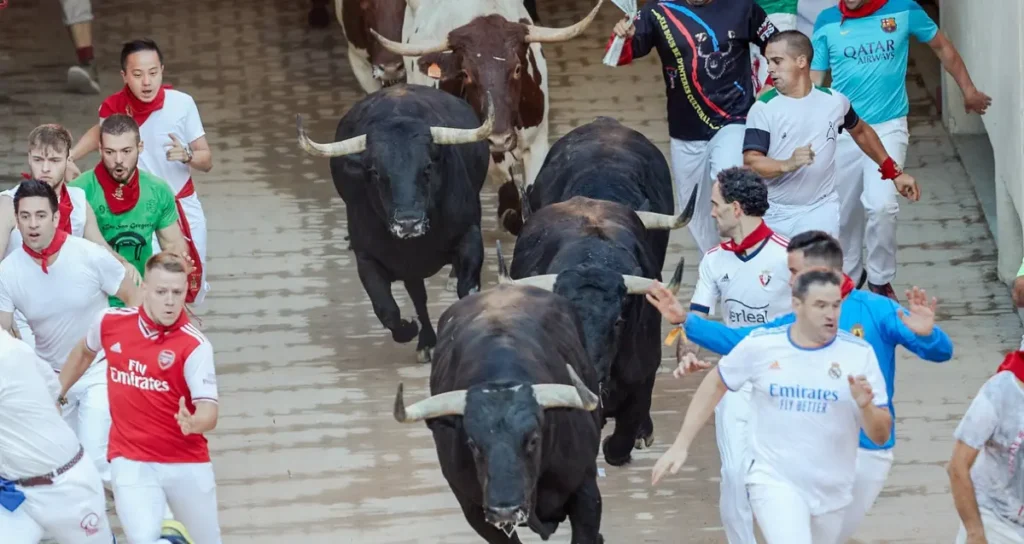
Alternative Travel Options
Off-Season Travel
Off-season travel can be an excellent way to avoid crowds and experience Spain’s destinations in a more authentic and relaxed manner. Shoulder seasons like spring and fall can offer mild weather and fewer tourists, allowing for a more immersive experience.
Exploring Lesser-Known Destinations
Instead of focusing solely on major cities and tourist hotspots, consider exploring lesser-known destinations in Spain. These hidden gems often offer a more authentic and untouched experience, free from the crowds and high prices associated with popular tourist areas.
Sustainable and Responsible Tourism
As responsible travelers, we can contribute to reducing overcrowding and preserving Spain’s cultural heritage by practicing sustainable and responsible tourism. This includes supporting local businesses, respecting local customs and traditions, and minimizing our environmental impact.
Travel Planning and Flexibility
Researching and Booking in Advance
To avoid disappointment and ensure the best possible experience, it’s crucial to research and book accommodation, transportation, and activities well in advance, especially during peak seasons and major events.
Adjusting Itineraries
Remain flexible and be prepared to adjust your itinerary if necessary. Unexpected circumstances, such as weather conditions or local events, may require you to modify your plans to make the most of your time in Spain.
Being Prepared for Unexpected Situations
Travel can be unpredictable, and it’s essential to be prepared for unexpected situations. This may include having backup plans, travel insurance, and a contingency budget to ensure a smooth and enjoyable experience, regardless of any unforeseen circumstances.
Personal Preferences and Travel Style
Solo vs. Group Travel
Your travel style and preferences can also influence the best time to visit Spain. Solo travelers may prefer quieter periods to avoid crowds, while group travelers may enjoy the energy and excitement of peak seasons and festivals.
Adventure vs. Relaxation
If you’re seeking an adventurous experience, such as hiking or outdoor activities, you may want to avoid the extreme heat of the summer or the potential rain and cold of the winter months. Conversely, if you’re looking for a relaxing beach vacation, the summer months might be more appealing.
Cultural Immersion vs. Sightseeing
If your primary goal is to immerse yourself in Spanish culture and traditions, attending local festivals and events might be a priority. However, if you’re more interested in sightseeing and visiting major attractions, you may want to avoid peak periods when crowds are at their highest.
Conclusion
Determining the worst time to visit Spain is a subjective matter that depends on various factors, including your travel preferences, budget, and desired experiences. While the summer months may be the peak tourist season, offering warm weather and vibrant atmospheres, the crowds, high prices, and extreme heat can detract from the overall experience.
Conversely, the shoulder seasons and off-peak periods can provide a more authentic and relaxed travel experience, albeit with the potential for cooler weather and fewer open attractions.
Ultimately, the key to a successful trip to Spain lies in careful planning, flexibility, and a willingness to embrace the unique challenges and opportunities that each season presents. By considering your personal preferences, travel style, and the factors discussed in this article, you can make an informed decision and choose the best time to visit Spain that aligns with your desired experience.
FAQs
Is it better to visit Spain in the spring or fall?
Both spring and fall offer mild weather and smaller crowds, making them excellent times to visit Spain. Spring (April- May) provides the opportunity to witness the blooming of flowers and enjoy moderate temperatures, while fall (September- October) offers a quieter and more relaxed atmosphere after the summer rush.
Can I still visit popular attractions during the high season if I plan ahead?
Yes, it is possible to visit popular attractions during the high season, but it requires advanced planning and booking. Reserve your tickets and accommodations well in advance, and be prepared for larger crowds and potentially higher prices.
Are there any advantages to visiting Spain during the winter months?
While the winter months can bring cooler temperatures and occasional rain, they also offer a more authentic and less crowded experience. You’ll find lower prices, fewer tourists, and the opportunity to immerse yourself in local traditions and celebrations, such as Christmas and New Year festivities.
How do local festivals and events impact travel in Spain?
Local festivals and events can significantly impact travel in Spain. While they offer unique cultural experiences, they can also lead to overcrowding, limited accommodation availability, and higher prices. It’s important to research and plan accordingly if you wish to attend or avoid these events.
Is it possible to find budget-friendly options during the high season?
While prices tend to be higher during the high season, it is still possible to find budget-friendly options by booking well in advance, considering alternative accommodations (such as apartment rentals or hostels), and being flexible with your travel dates and destinations.
FURTHER READING

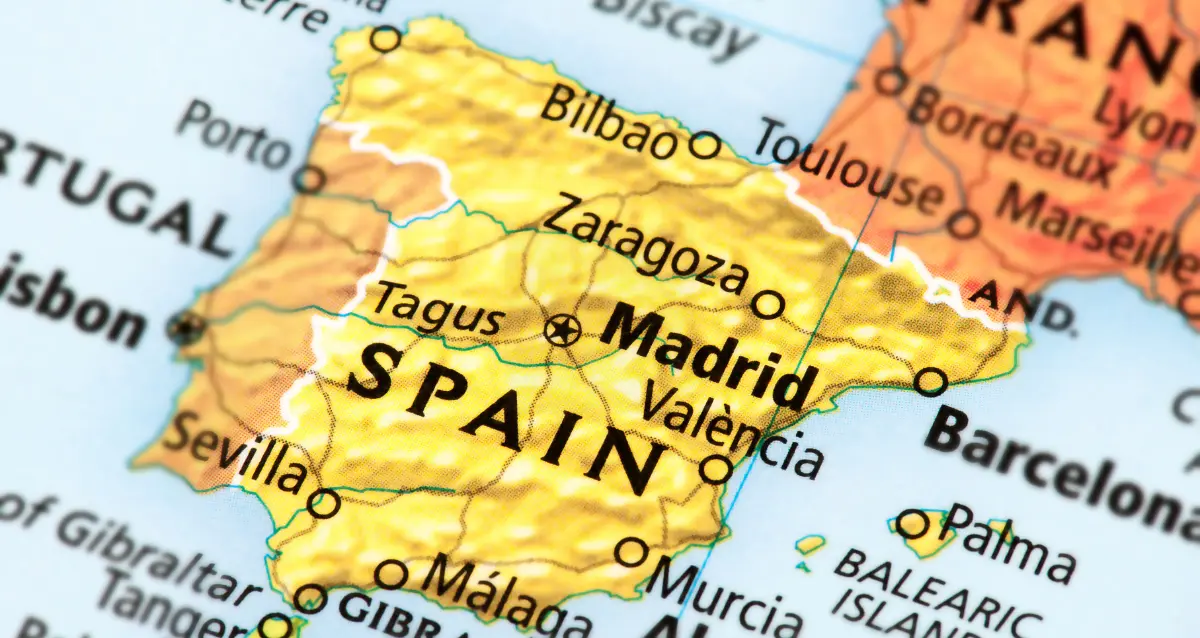




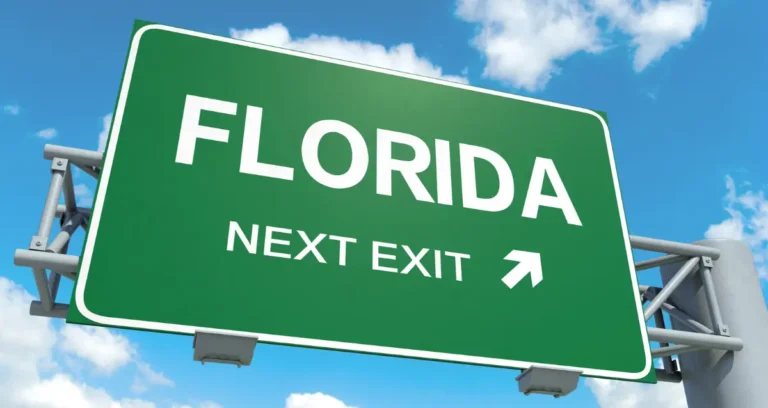

Your article helped me a lot, is there any more related content? Thanks!